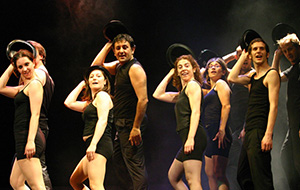 Television channel E4 is set to go behind the scenes of a drama school in order to bring viewers an accurate experience of life studying acting, singing and dancing. The show is expected to be all-singing and all-dancing – like a reality-style Glee – and tell the stories of auditions, love and of course jazz hands. Under the name of Stage School, the television show will be a 30-part series as a form of “structured reality”.
Television channel E4 is set to go behind the scenes of a drama school in order to bring viewers an accurate experience of life studying acting, singing and dancing. The show is expected to be all-singing and all-dancing – like a reality-style Glee – and tell the stories of auditions, love and of course jazz hands. Under the name of Stage School, the television show will be a 30-part series as a form of “structured reality”.
Stage School will be made by Knickerbockerglory, the company behind the television production of Pineapple Dance Studios, which made a star of Louis Spence, the studios’ artistic director. The show will focus on the behind the scenes life of the D&B Academy of Performing Arts in Kent, featuring the ups and downs that are true to life of those trying to make it in the world of show business. E4 will follow the students at West End auditions and showcases, providing an in-depth insight into their stagey lives.
Along with auditions and performances comes the fall-outs and making up that is so common among young people, especially in a close-knit environment such as this one. Interspersed with breaking out into singing and dance routines, the pupils will receive further performance opportunities on television in addition to their day to day lives. Stage School will chart this and play back to an audience including many others who also want to become superstars. The show will aim to capture the drama, hard work and talent of the pupils.
Singing throughout the show may not be everyone’s preference, however for the producers it is a natural next step on from rehearsals and performances, cutting through the reality for the experience of the viewers.

 One Dance UK’s Together for Dance Gala performance is picking up speed, tickets for which are now on sale. In what has been named the dance event of the season, the gala will take place at the Novello Theatre in London’s West End on 9 October. The Together for Dance Gala is the first major fundraising event for the organisation since One Dance UK became the national body for dance as a result of the merger of four key national dance organisations in April. The gala has been designed to raise funds towards One Dance UK’s programmes supporting dancers’ health, a range of artist and art form development, and projects for children and young people.
One Dance UK’s Together for Dance Gala performance is picking up speed, tickets for which are now on sale. In what has been named the dance event of the season, the gala will take place at the Novello Theatre in London’s West End on 9 October. The Together for Dance Gala is the first major fundraising event for the organisation since One Dance UK became the national body for dance as a result of the merger of four key national dance organisations in April. The gala has been designed to raise funds towards One Dance UK’s programmes supporting dancers’ health, a range of artist and art form development, and projects for children and young people.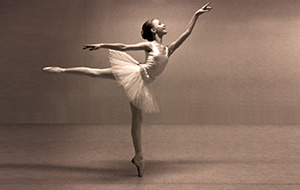 Giving dancing bodies the correct fuel to perform is of utmost importance. Many professional dancers stick to specific pre-show routines before they perform, and these all include helping the body to achieve its best by giving it what it needs to do so. It is important for dancers to nourish their bodies, as the body is the dancer’s tool, and there is just one of those! It must be cared for accordingly so it is still fit and healthy. Similarly, athletes will also work hard to look after their bodies and nourish them correctly, in order to gain optimum output for what is required.
Giving dancing bodies the correct fuel to perform is of utmost importance. Many professional dancers stick to specific pre-show routines before they perform, and these all include helping the body to achieve its best by giving it what it needs to do so. It is important for dancers to nourish their bodies, as the body is the dancer’s tool, and there is just one of those! It must be cared for accordingly so it is still fit and healthy. Similarly, athletes will also work hard to look after their bodies and nourish them correctly, in order to gain optimum output for what is required. Strictly Come Dancing is always a highly anticipated event in both the dance and the popular culture calendar. With celebrities vying to win the contest ahead of their star-studded peers – and impress the panel of judges too – it makes for entertaining viewing full of wonderful costumes and eye-catching routines. The professional dancers taking part in this year’s Strictly Come Dancing have already been announced, with three brand new dancers joining the returning favourites. New to the line up are World Champion Katya Jones, Ukrainian Champion Oksana Platero and Spanish dance professional Gorka Marquez.
Strictly Come Dancing is always a highly anticipated event in both the dance and the popular culture calendar. With celebrities vying to win the contest ahead of their star-studded peers – and impress the panel of judges too – it makes for entertaining viewing full of wonderful costumes and eye-catching routines. The professional dancers taking part in this year’s Strictly Come Dancing have already been announced, with three brand new dancers joining the returning favourites. New to the line up are World Champion Katya Jones, Ukrainian Champion Oksana Platero and Spanish dance professional Gorka Marquez.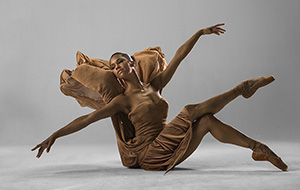 American Ballet Theatre principal Misty Copeland is set to star as the lead ballerina in the live-action version of The Nutcracker created by Disney. She is well on her way to becoming a household name with what might be her biggest job yet. Having already identified herself as accomplished in a number of balletic roles, this Nutcracker gig is not the first time Copeland has been on screen but is one of a kind for the ballerina.
American Ballet Theatre principal Misty Copeland is set to star as the lead ballerina in the live-action version of The Nutcracker created by Disney. She is well on her way to becoming a household name with what might be her biggest job yet. Having already identified herself as accomplished in a number of balletic roles, this Nutcracker gig is not the first time Copeland has been on screen but is one of a kind for the ballerina.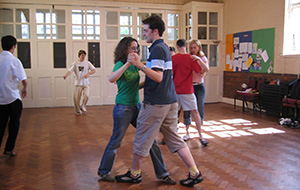 Dance is a universal concept, not limited to any one culture or age group. It can give so much to so many people, whether that is by partaking in the art form or by watching and enjoying from the sidelines.
Dance is a universal concept, not limited to any one culture or age group. It can give so much to so many people, whether that is by partaking in the art form or by watching and enjoying from the sidelines.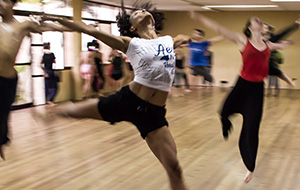 The School of Sport, Health and Applied Science at St Mary’s University, Twickenham and the Royal Opera House have recently announced a new partnership in order to deliver sports science support services to the Royal Ballet. Working closely with the dancers, the St Mary’s academics will be providing strength, conditioning and sports science support, alongside the Royal Ballet’s Clinical Director. The academics’ expertise will provide much needed insight for the dancers in helping them to work smartly.
The School of Sport, Health and Applied Science at St Mary’s University, Twickenham and the Royal Opera House have recently announced a new partnership in order to deliver sports science support services to the Royal Ballet. Working closely with the dancers, the St Mary’s academics will be providing strength, conditioning and sports science support, alongside the Royal Ballet’s Clinical Director. The academics’ expertise will provide much needed insight for the dancers in helping them to work smartly.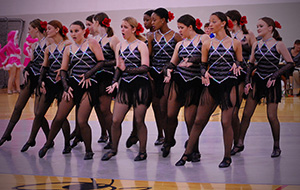 Many dancers take part in competitions throughout the year, and are often keen to learn new dances to present against their peers. Music can be a large part of a routine to impress a judge, but can make or break the dance regardless of how talented the dancer is.
Many dancers take part in competitions throughout the year, and are often keen to learn new dances to present against their peers. Music can be a large part of a routine to impress a judge, but can make or break the dance regardless of how talented the dancer is.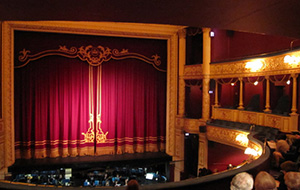 Theatre etiquette is a topic that springs up time and time again, albeit faster than the time it takes for your neighbour along the row to move from their seats to let you past to yours. This is just one instance in the theatre of behaviour that detracts from the theatrical experience for many audience members, where their enjoyment is tainted by the fact others cannot and will not behave accordingly.
Theatre etiquette is a topic that springs up time and time again, albeit faster than the time it takes for your neighbour along the row to move from their seats to let you past to yours. This is just one instance in the theatre of behaviour that detracts from the theatrical experience for many audience members, where their enjoyment is tainted by the fact others cannot and will not behave accordingly.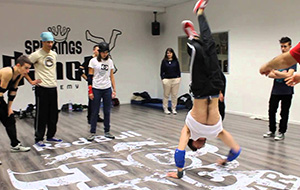 With the summer months well underway, many dance students are preparing to begin vocational or further dance training in September on a college or university programme. The years of study will pass by in a flash so it is essential to be ready to hit the ground running when beginning your studies, ready to get underway straight away.
With the summer months well underway, many dance students are preparing to begin vocational or further dance training in September on a college or university programme. The years of study will pass by in a flash so it is essential to be ready to hit the ground running when beginning your studies, ready to get underway straight away.